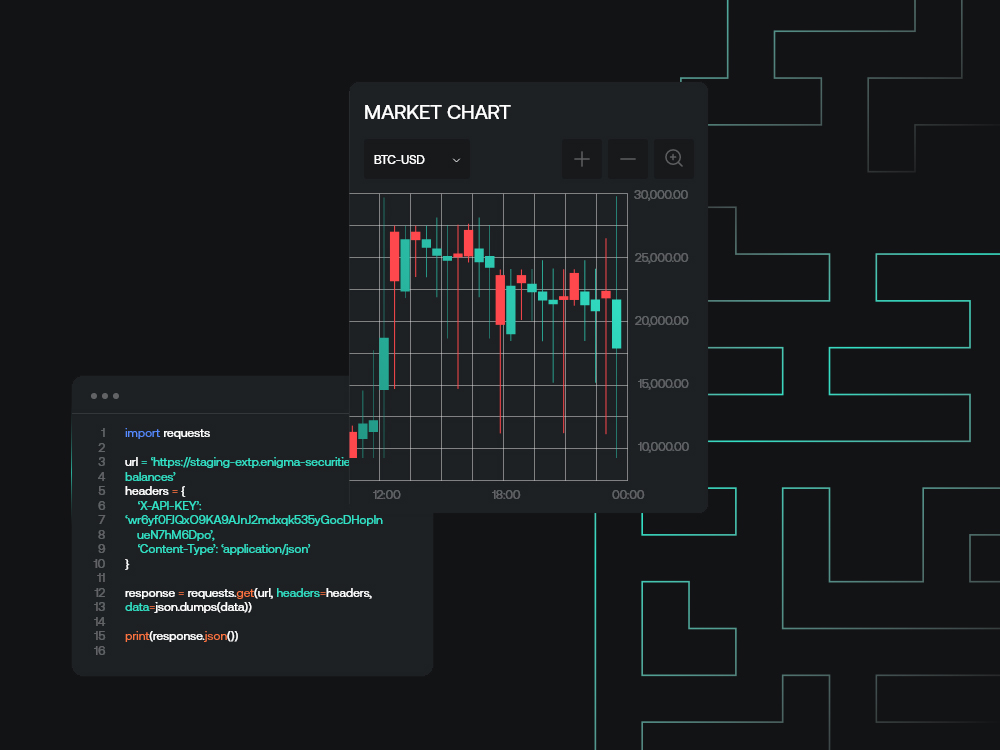-
Share on Facebook
-
Share on Twitter
-
Share on LinkedIn
-
Copy link
Copied to clipboard
Illiquidity & Opportunity Pt 2
The FTX bank run and collapse created illiquid conditions that unevenly impacted digital asset returns. However, the crisis did not change fundamental value drivers for some digital protocols.

The FTX bank run and collapse created illiquid conditions that unevenly impacted digital asset returns. However, the crisis did not change fundamental value drivers for some digital protocols. Assets hit especially hard by illiquidity and produce fundamental value will improve compared to assets that fared better over the last few weeks.
Protocol user fees demonstrate protocol usage and potentially token demand. The market-cap-to-annualized-protocol-fees ratio makes fees comparable across assets. Total fees over the last 30 days indicate protocol usage through the FTX collapse. Protocols that earned fees after the FTX venue disappeared demonstrate usefulness, at least, and strong user retention, at best.
Not every project with low valuation multiples represents a value opportunity, even if impacted by illiquidity. Fees are unrelated to projects with low usage or that do not accrue value to token holders, stakers, or community participants.
Platforms with established communities, developers, and provide novel solutions can be priced relative to their protocol fees. Among the top assets, Lido, GMX, Convex, LooksRare, and Synapse fit the criteria. These token returns were impacted by illiquidity and their tokens are undervalued relative to other top assets like BTC, ETH, and others.

Each of these projects accrue value from protocol usage with unique or defensible market positions:
- Lido earns 5% of all rewards earned via the liquid staking protocol. Lido built the largest concentration of staked Ether because Lido users mint liquid tokens that represent their staked assets and accrue staking rewards across several L1s. Participants, like Lido validator operators, govern the Lido protocol with LDO tokens. New liquid staking derivatives projects threaten Lido’s L1 staking market share.
- GMX earns 30% of trading fees on its decentralized perpetual swaps protocol. On a weekly basis, the protocol automatically converts trading fees to ETH/AVAX to distribute to GMX stakers. November trading volume more than doubled from October on the GMX protocol. Centralized exchange competitors with lower swap fees maintain perpetual futures market dominance.
- Convex aggregates and optimizes Curve and other decentralized exchange staking rewards. DEX liquidity providers use Convex to pool their LP and governance tokens with others to gain DEX governance influence and maximize any rewards. Convex competes with other yield-optimizers that can devise more efficient strategies.
- LooksRare rewards LOOKS token stakers with platform fees, including 100% of NFT trading fees. The protocol issues new LOOKS tokens to NFT traders to align incentives among the community. NFT exchange leader OpenSea facilitates nearly 8x LooksRare volume to dominate the consolidating industry segment.
- Synapse bridges assets across different blockchain networks through AMM DEX pools. Users pay fees according to the type of cross-chain asset swaps performed via Synapse. Governance participants stake SYN to earn 60% of all swaps fees. Innovations like zero-knowledge proofs and state proofs are disrupting the interoperability segment that faced hacks and technology risks over the last two years.
These projects demonstrate value resilient to market risks. However, each has specific risks, like development quality. Competition in digital assets is uniquely risky because the industry’s open-source structure compounds innovation. Projects that innovate and mitigate idiosyncratic risks will perform through market cycles. These projects are starting points to find opportunities as the market moves past the FTX crisis.



